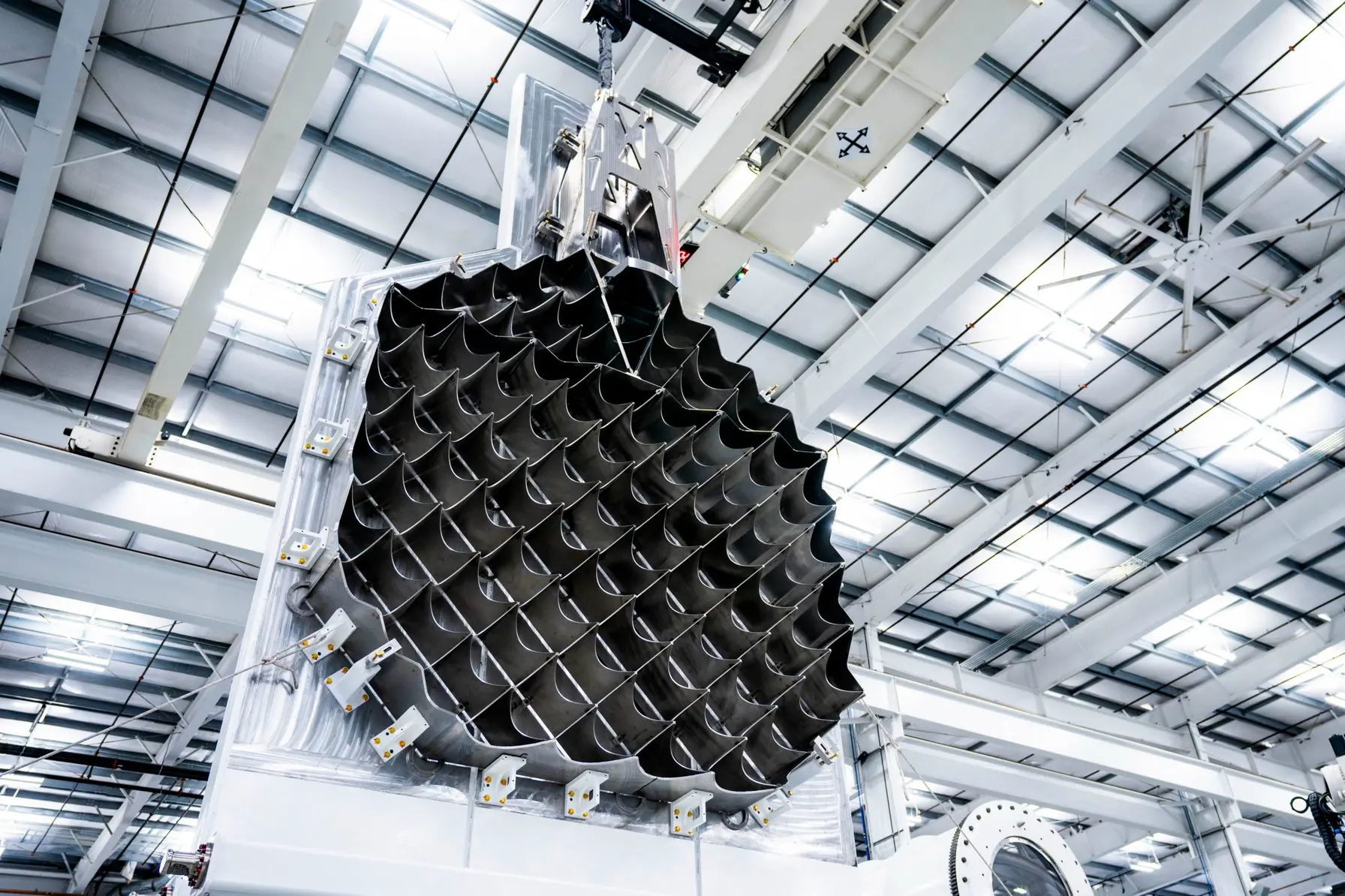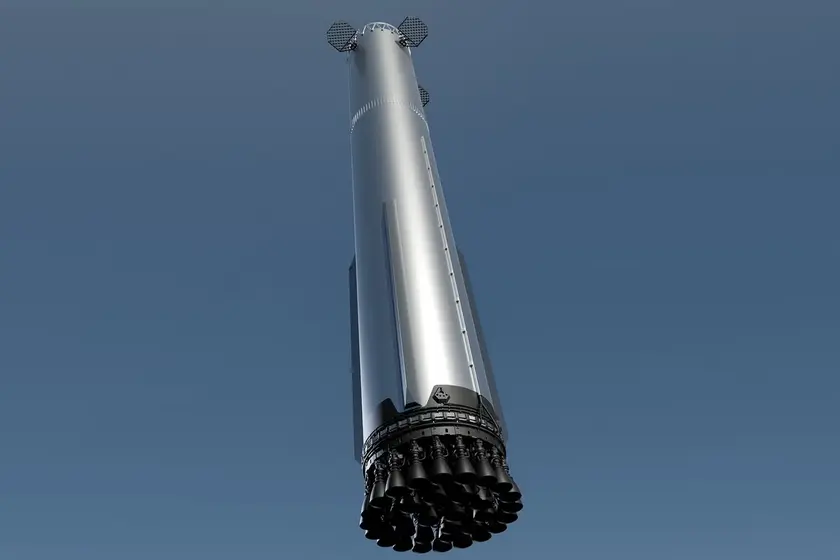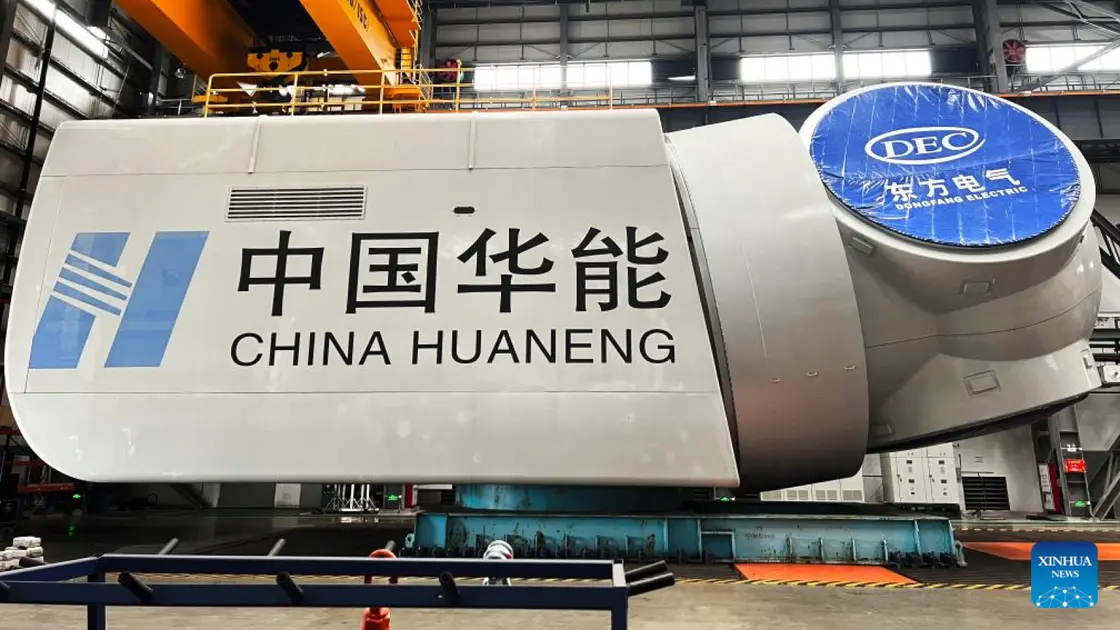T4K3.news
SpaceX unveils larger grid fins
The redesigned fins enable a three-fin control setup and a tower catch for the Starship Super Heavy, with deployment planned across future boosters.

SpaceX reveals a redesigned grid fin system that is 50% larger and moves to a three-fin layout to enable a tower catch for the Starship Super Heavy.
SpaceX unveils 50 percent larger grid fins for Starship catch at the launch tower
SpaceX has unveiled a redesigned grid fin system for the Starship Super Heavy booster. The fins are 50% larger and stronger than the previous version, and the plan uses three fins instead of four to improve control during descent. The company says the changes support a higher angle of attack, a key factor for catching the booster at the launch tower and speeding up reuse. SpaceX notes the fins also contribute to propulsive landing capabilities that align with its ongoing tower catch strategy.
The redesigned fins feature a new catch point and a lower location on the booster to facilitate a tower catch. Components such as shafts and actuators are being moved inside the booster's fuel tank, a move aimed at reducing external plumbing and improving protection during the catch. SpaceX has conducted multiple tests on Starship upper stages and has succeeded in catching boosters before, though a recent test showed the booster departing the bay with a high angle that underscored the ongoing effort to refine maneuvering and heat management.
Key Takeaways
"The grid fins are 50 percent larger and stronger"
Direct takeaway from SpaceX’s redesign details
"Three fins change how the booster returns and lands"
Editorial interpretation of the three-fin shift
"Catching boosters at the pad could speed up reuse"
Implication of the tower catch strategy
The upgrade signals SpaceX's push toward a higher cadence of reuse, a goal that has shaped its testing and design choices for years. A larger grid fin system can simplify control during descent, but it also adds mass and requires new reliability benchmarks. The shift to three fins could change the balance between stability and maneuverability, with potential implications for manufacturing time and cost.
The real test will be whether these changes translate into consistent, rapid reuse rather than flashy demonstrations. If the tower catch and internalized actuation prove durable at flight scale, it could shorten refurbishment cycles and accelerate schedules. If not, the changes could become a new bottleneck that slows progress and invites scrutiny from investors and regulators alike.
Highlights
- Bigger fins, bigger ambitions for reuse
- Three fins steer the future of Starship
- Tower catches could speed up launches
- Reusability hinges on reliable flight tempo
The next test phase will reveal how this redesign reshapes Starship's path to routine reuse.
Enjoyed this? Let your friends know!
Related News

SpaceX upgrades Starship ahead of Flight 10

Apple reveals new features for Apple Watch Ultra 3

Floating wind breaks a record

Apple Watch Ultra 3 Rumors Point to September Debut

Google to unveil $25 billion AI investment in Pennsylvania

New galleries open at National Air and Space Museum

Porsche updates 911 Cup and GT3 R for 2026 season

Patriots unveil Brady statue
